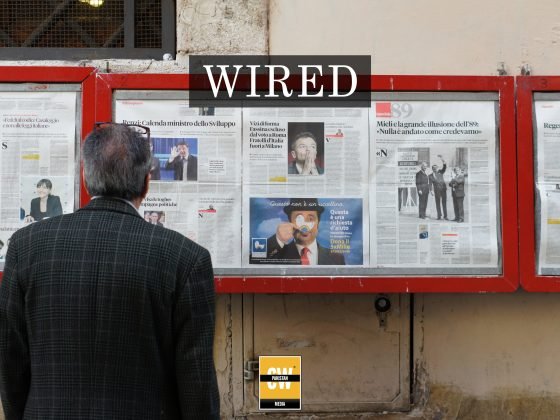Amidst a fervent advocacy for women’s education and economic participation, a father of three daughters raises concerns over Pakistan’s digital gender gap, inhibiting women from harnessing the transformative power of the internet.
Recent findings by the GSMA reveal that while mobile phones offer indispensable access to information for many Pakistani women, disparities persist, particularly in rural and low-income urban areas. Out of 122.9 million mobile broadband subscriptions, merely 29.8 million belong to women, reflecting the widest mobile ownership gap in South Asia.
Beyond mere phone ownership lies a labyrinth of challenges. Cultural barriers often impede women from acquiring mobile devices, and even if they do, bureaucratic hurdles hinder SIM registration and internet access. Affordability further exacerbates the digital divide, with smartphones remaining financially out of reach for many.
Yet, amidst these challenges, signs of progress emerge. Efforts by organizations like the Pakistan Telecommunication Authority (PTA) and NGOs are gradually narrowing the gender gap in mobile internet usage. PTA’s “Digital Gender Inclusion Initiative” and partnerships with UNESCO signify a concerted push towards gender parity in digital access.
Through initiatives promoting affordability, digital literacy, online safety, and tailored content, stakeholders aim to empower women with the skills and resources needed to thrive in the digital age. Mobile industry players are also stepping up, offering gender-specific tariff packages and user-friendly apps, alongside educational programs on digital skills and entrepreneurship.
While obstacles persist, these collective efforts signal a promising trajectory towards a more inclusive digital landscape, where Pakistani women can leverage technology to fulfill their potential and contribute meaningfully to society.







